There’s no shortage of opinions when it comes to old muscle versus new. Some folks swear nothing beats a big block, bias-ply tires, and that raw, unfiltered driving feel. Others argue that today’s muscle cars are faster, safer, and just plain better in every measurable way.
The truth? Both eras brought something worthwhile to the table. From stripped-down street beasts to supercharged track weapons, muscle cars have evolved—but not without giving up a few things along the way. Let’s line them up and see what really separates then from now.
1. Power Delivery: Raw Torque vs. Refined Speed
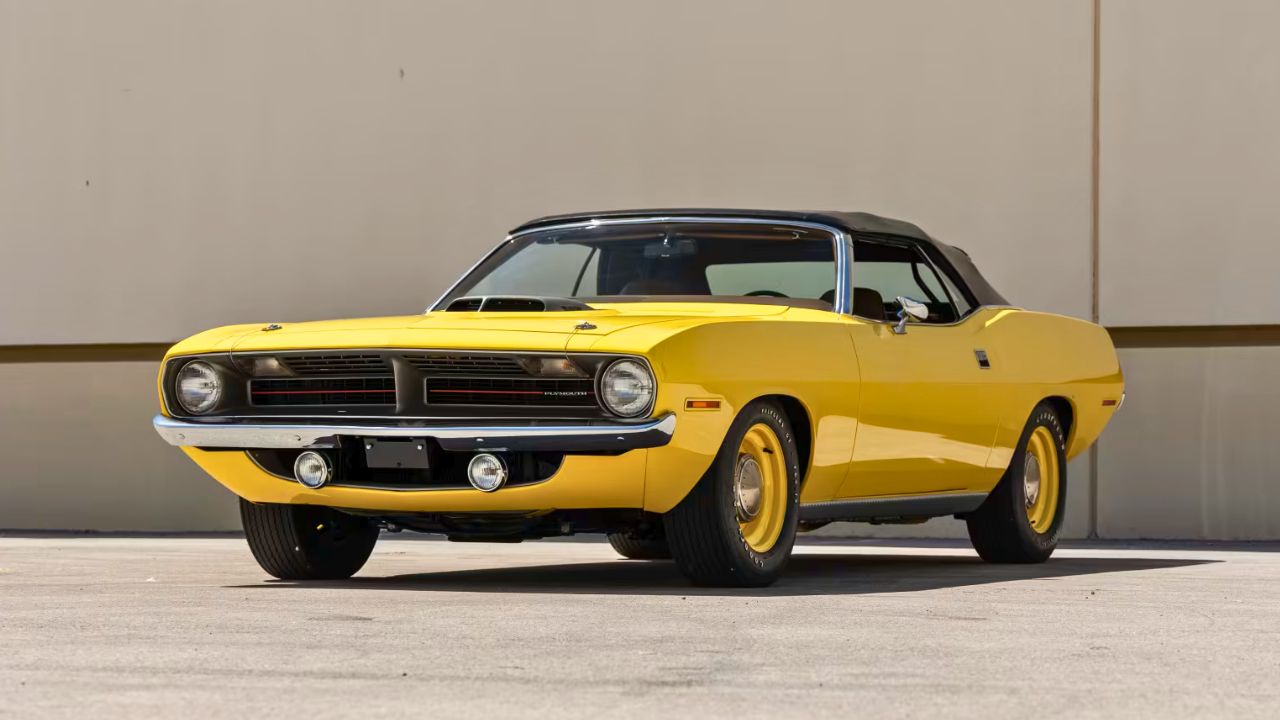
Old-school muscle like the 1970 HEMI ‘Cuda delivered 425 hp and 490 lb-ft with a thunderous hit off the line. But it was unpredictable—torque came in early and traction was a challenge.
Today’s muscle, like the Dodge Charger Hellcat Redeye, offers 797 hp with traction control, supercharging, and finely tuned gear ratios. The power comes in smoother, but no less intense. It’s more controlled, but also more insulated. That raw punch is still there—it just comes with a seatbelt warning and cruise control.
2. Acceleration and Quarter-Mile Times

The 1969 Camaro ZL1 ran the quarter-mile in around 13 seconds—quick for its time. But modern muscle has changed the game. The 2020 Shelby GT500 hits 60 in 3.3 seconds and does the quarter in under 11.
The difference lies in how easily today’s cars put power to the ground. Launch control, dual-clutch transmissions, and sticky tires do a lot of the heavy lifting. The old cars made you work for every tenth. The new ones make it look easy.
3. Handling and Chassis Dynamics
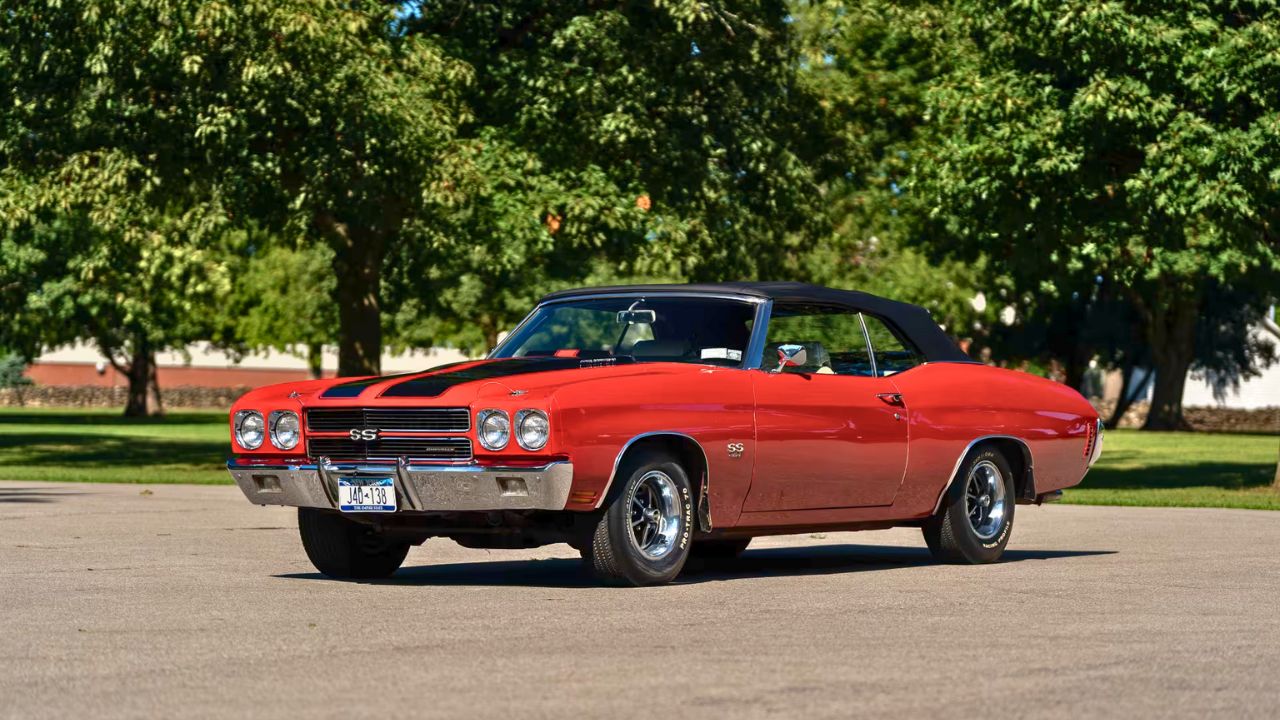
Early muscle cars weren’t designed for corners. A 1970 Chevelle SS with bias-ply tires and soft springs leaned hard in every direction. It was more about straight-line confidence than backroad precision.
Modern muscle, like the Camaro SS 1LE, is a different machine—magnetorheological dampers, electronic steering, and near-50/50 weight balance. You can actually toss it into a curve without guessing where it’ll end up. For all-out capability, today’s cars take the edge.
4. Braking Performance
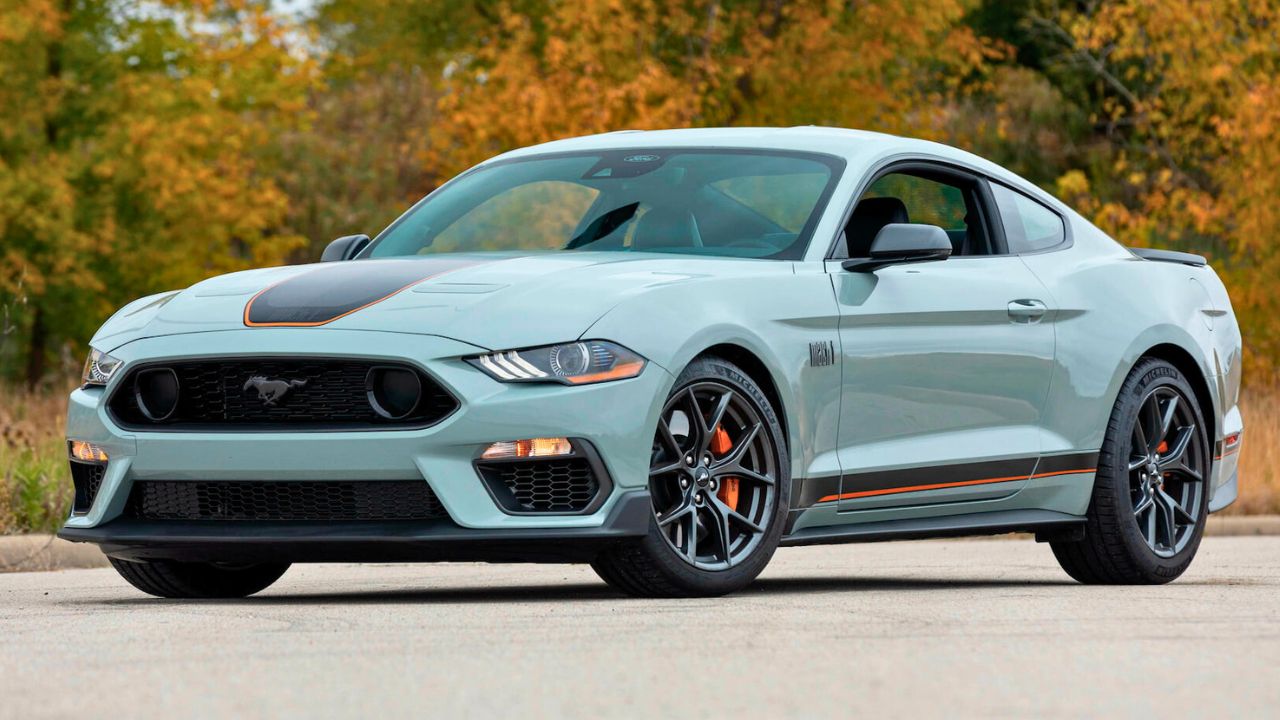
A ’69 Charger R/T might’ve had disc brakes up front, but stopping from 60 mph took well over 150 feet. Fade was real, and pedal feel was more suggestion than command.
Fast forward to today’s Mustang Mach 1 with Brembos and ABS. Stops are shorter, flatter, and more repeatable. Brakes no longer feel like the weak link in the drivetrain. You can hammer them lap after lap without worrying they’ll disappear.
5. Reliability and Longevity

Classic big blocks like the Chevy 454 or Mopar 440 were stout, but they weren’t built for 200K miles. Rebuilds were common by 100K, especially if you ran them hard.
Modern muscle cars, thanks to tighter tolerances, synthetic oils, and better cooling, can last longer—assuming they’re not abused. A modern Coyote V8 or LT1 is good for well over 150K miles without breaking a sweat. Old-school was rebuildable; new-school is engineered to last longer out of the gate.
6. Weight and Presence
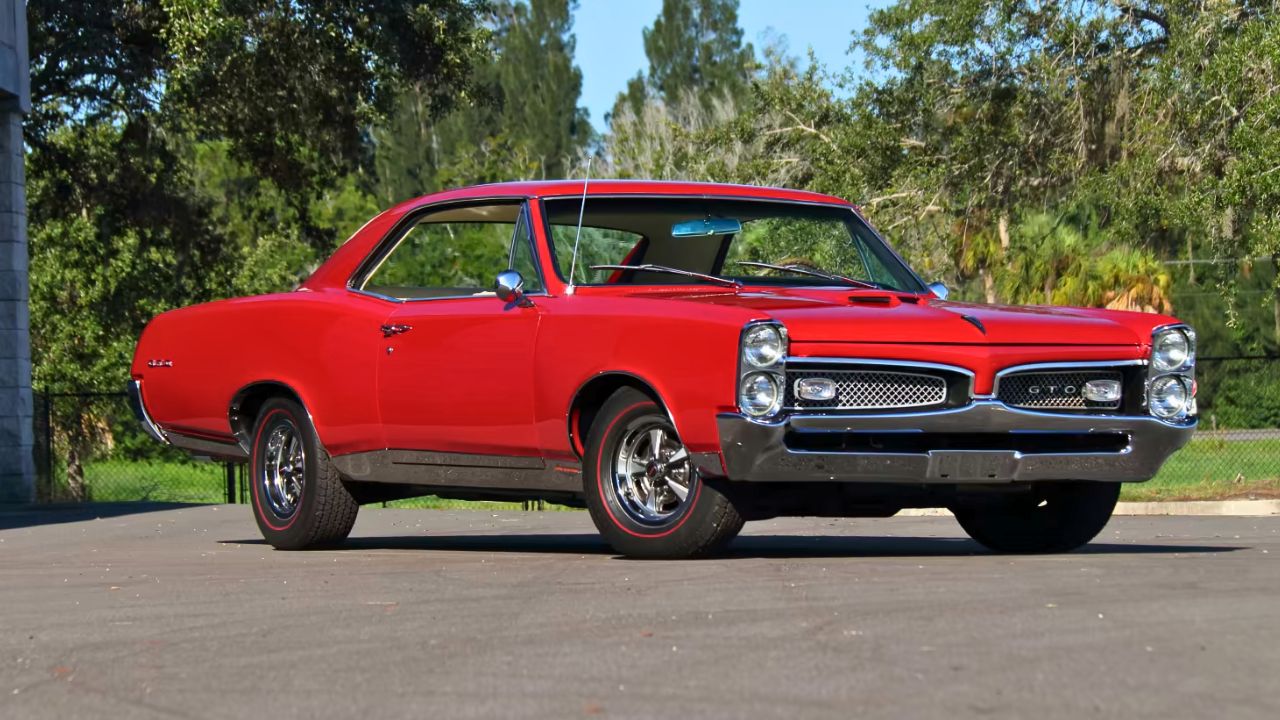
Old muscle cars weren’t light, but they felt smaller. A 1967 GTO came in under 3,600 lbs. Modern equivalents often push past 4,200 lbs, thanks to safety gear, electronics, and creature comforts.
That added weight gives today’s cars a more planted ride at speed, but it also dulls some of the feedback. Older cars felt more immediate—even if they weren’t better, they made sure you were involved. That analog feel is hard to replace.
7. Interior Design and Comfort
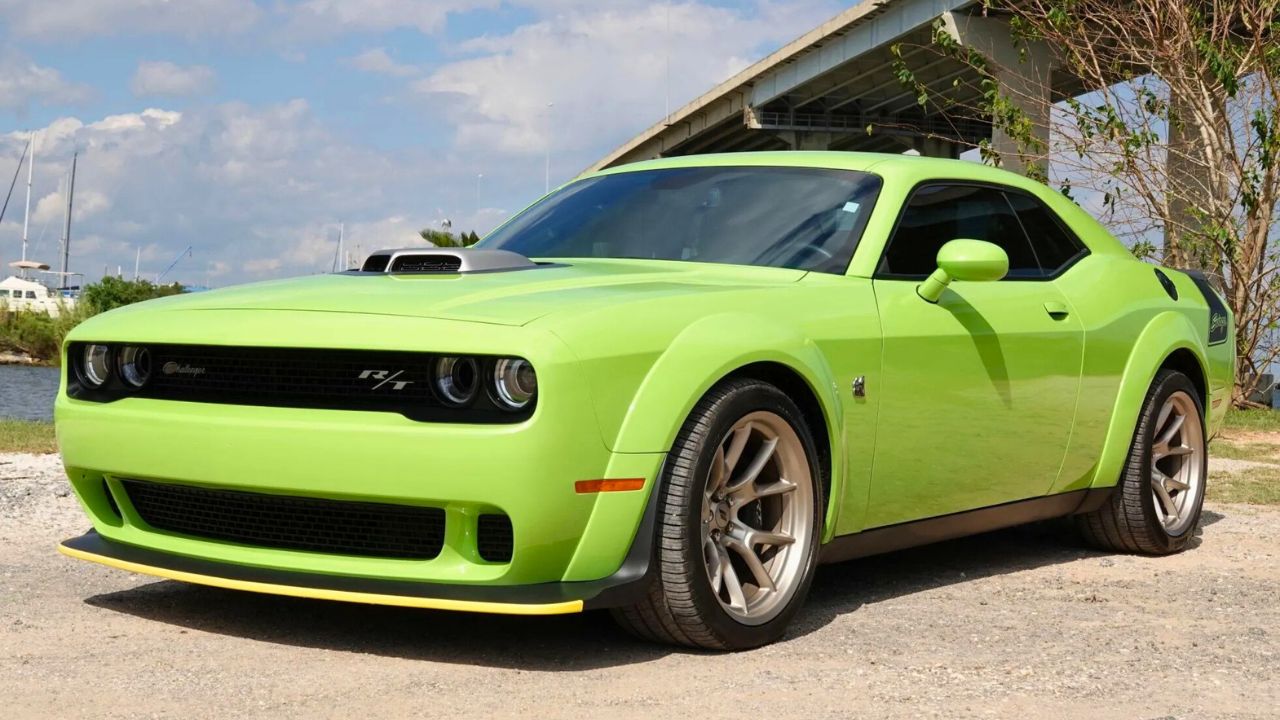
A 1970 Mustang Mach 1 interior was functional—big gauges, thin seats, and not much else. Road noise, heat, and vibration were part of the experience.
Today’s muscle cars offer dual-zone climate control, touchscreen infotainment, and sound insulation. A 2023 Challenger feels more like a highway cruiser than a weekend toy. Whether that’s a win or a compromise depends on what kind of driving you want to do.
8. Sound and Character
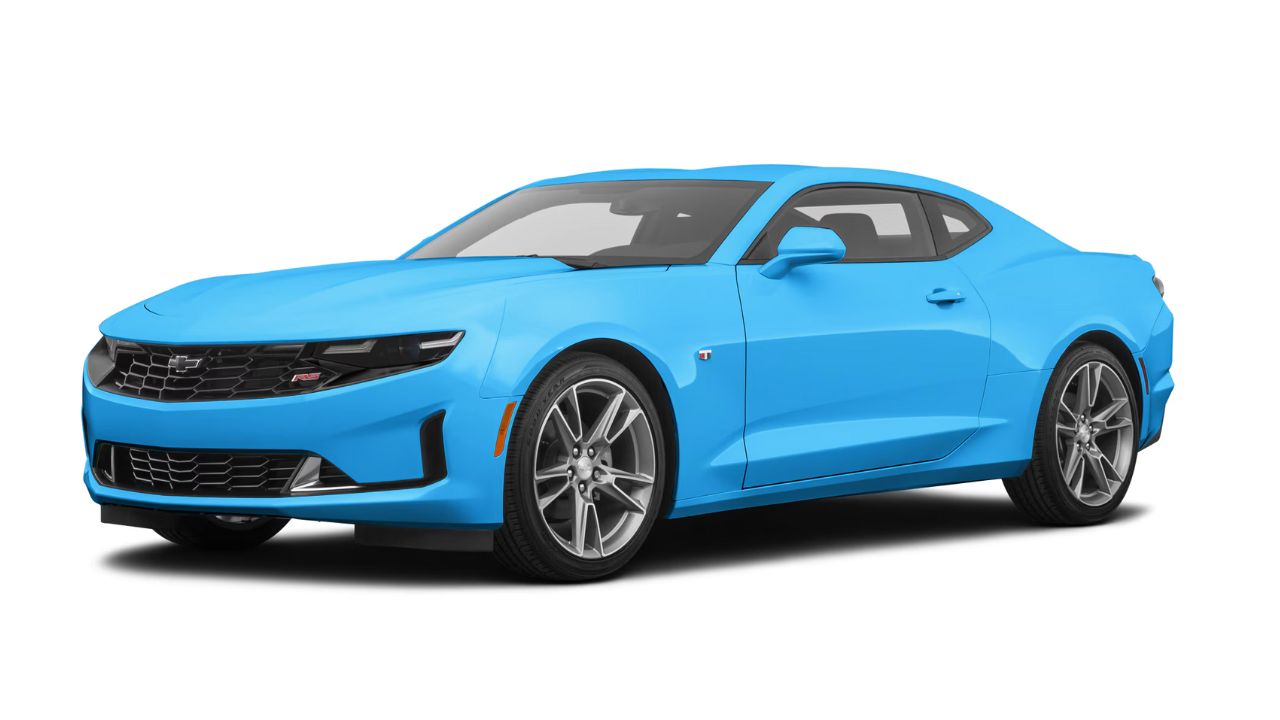
The sound of a carbureted V8 at wide open throttle has a texture that’s hard to replicate. Old muscle cars weren’t quiet, and that was part of the appeal.
Modern muscle uses electronic baffles and active exhaust to shape the sound. A Camaro LT1 sounds great—but it’s engineered to be “just right.” The older stuff had no filters, and you felt every pulse. New cars sound clean; old cars sounded alive.
9. Tuning Potential
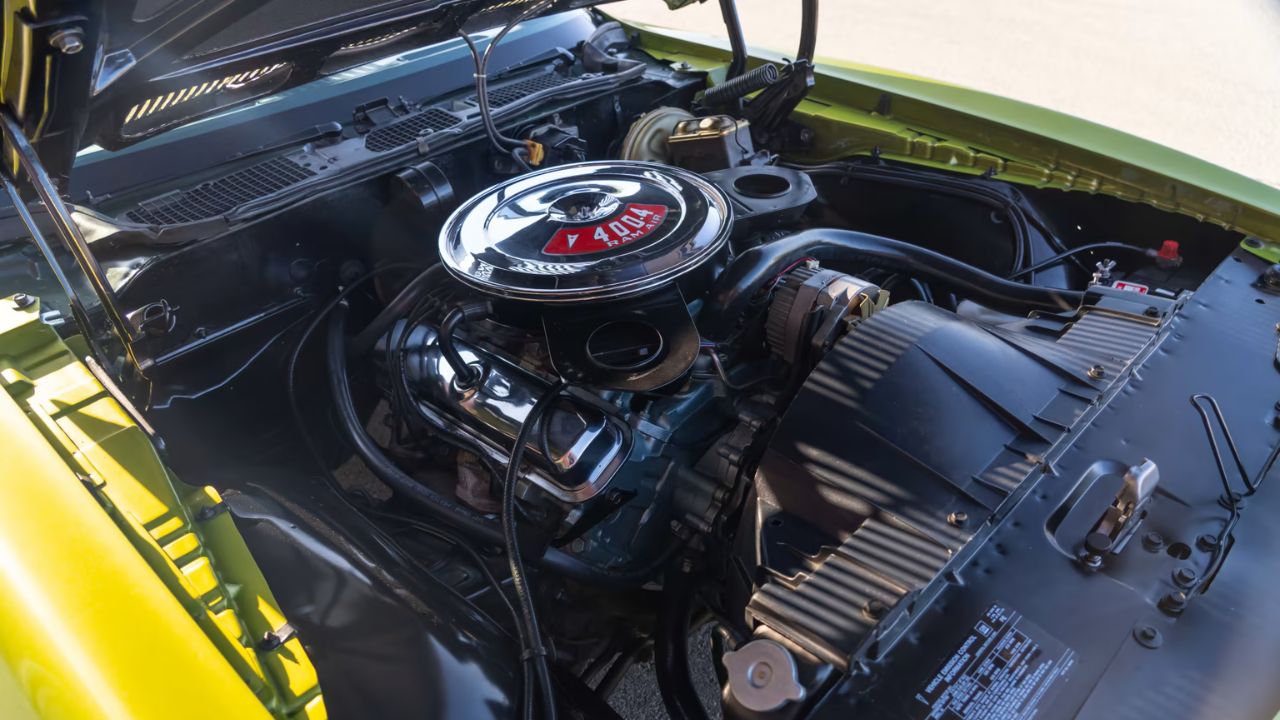
Old-school muscle was built for wrenches. You could swap cams, carbs, and headers in your driveway. Tuning was hands-on and physical, and the gains were straightforward.
Modern cars require software, sensors, and understanding ECU maps. But they offer more precision, more efficiency, and arguably bigger returns. A few bolt-ons and a tune on a current Gen III HEMI can easily add 70+ hp. It’s just not as greasy as it used to be.
10. Cultural Impact and Street Presence
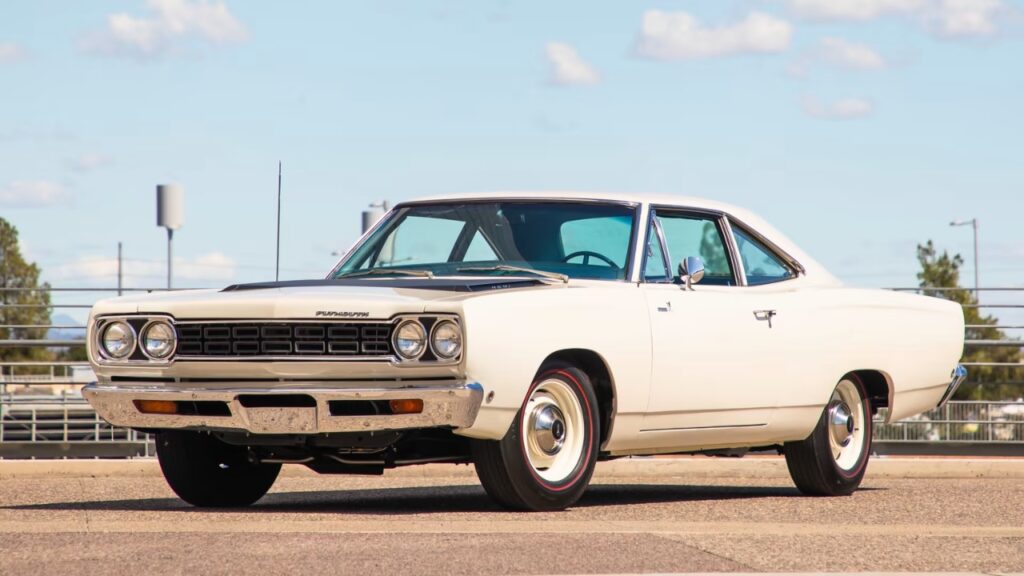
Back in the day, muscle cars were everywhere—daily drivers, street racers, Saturday night cruisers. They were accessible and part of the culture. You didn’t need a loan officer to own one.
Today’s muscle feels more curated. It’s faster, better-built, and flashier—but it’s not as common or casual. The old-school stuff had a certain swagger because it didn’t try too hard. Modern cars might win the numbers game, but old muscle still wins in attitude.
Like Fast Lane Only’s content? Be sure to follow us.
Here’s more from us:
*Created with AI assistance and editor review.

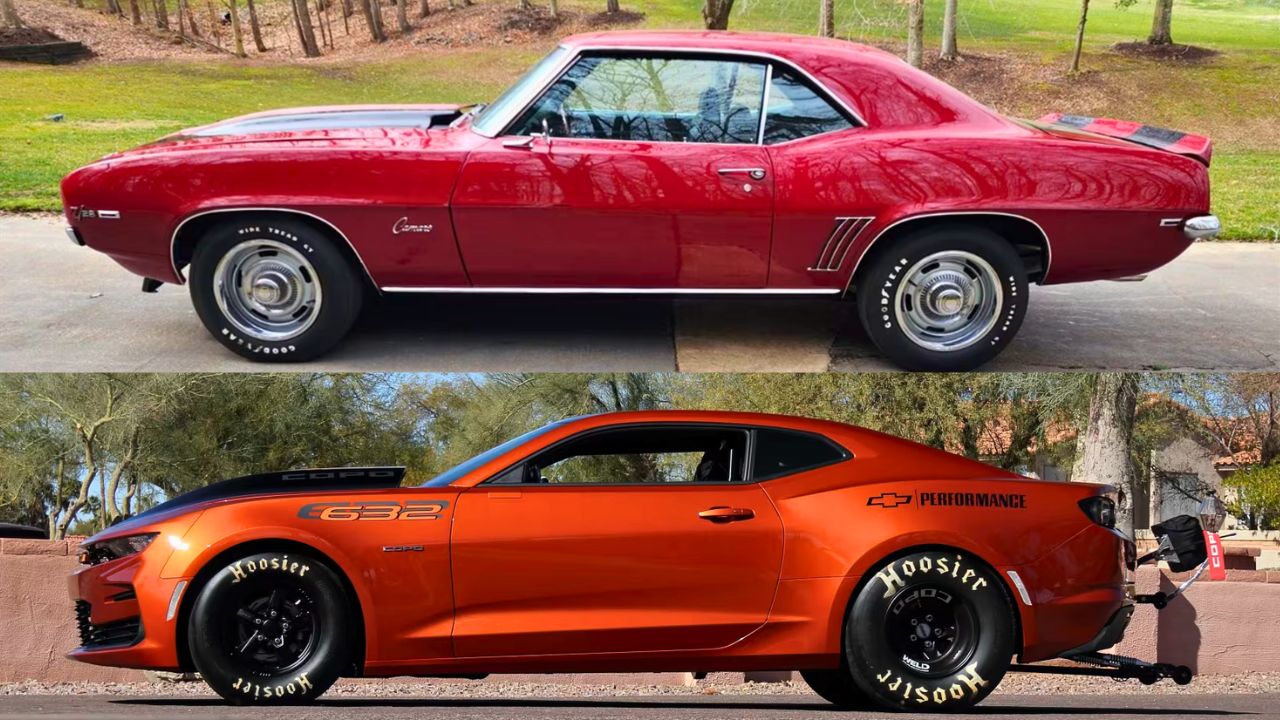
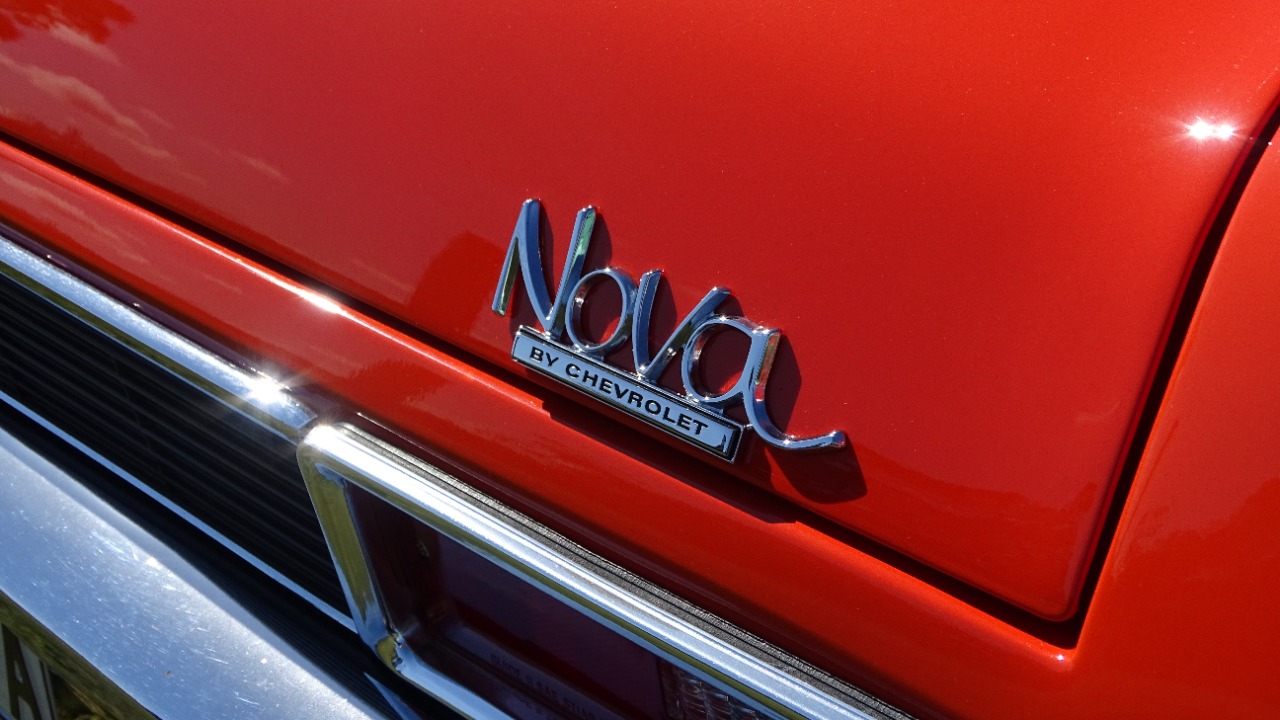

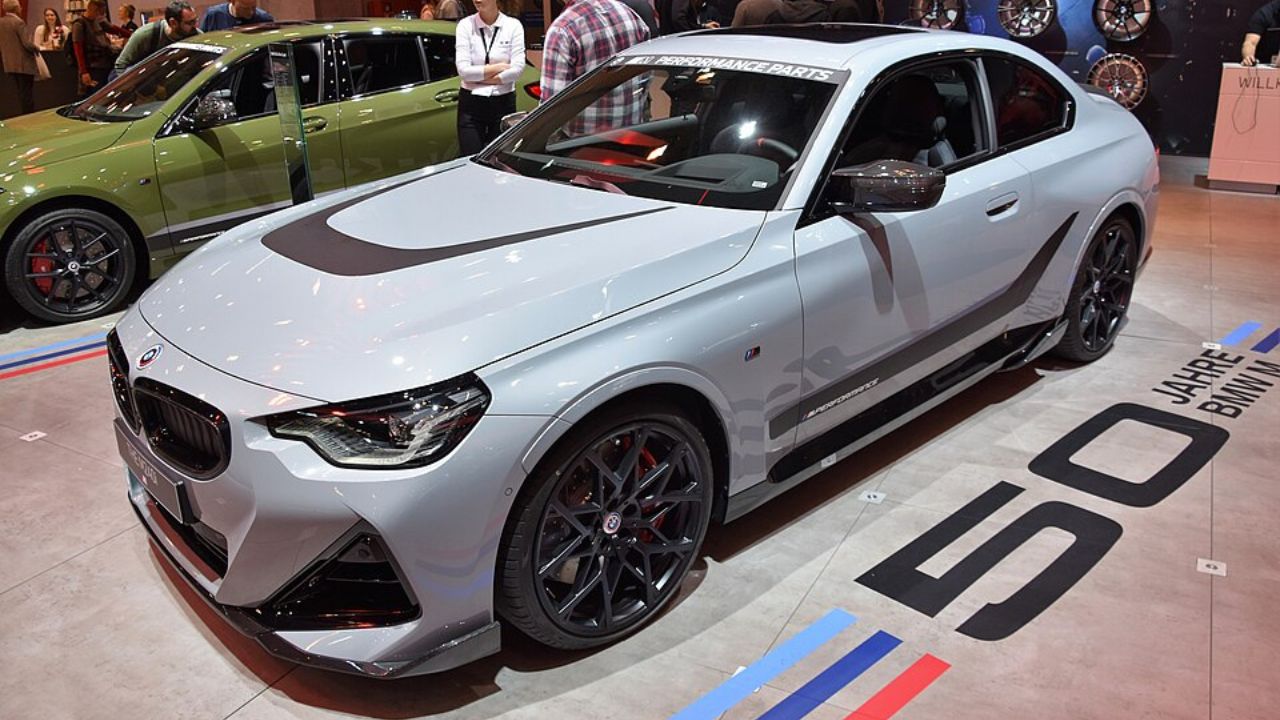
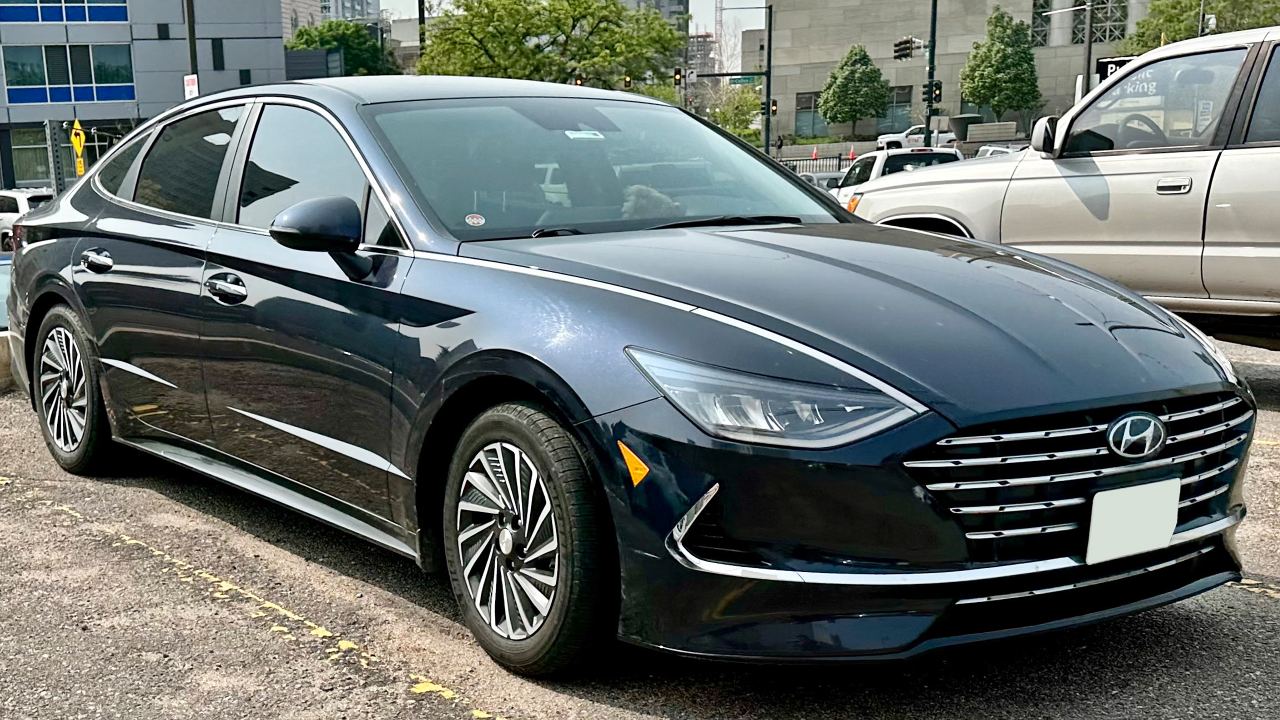
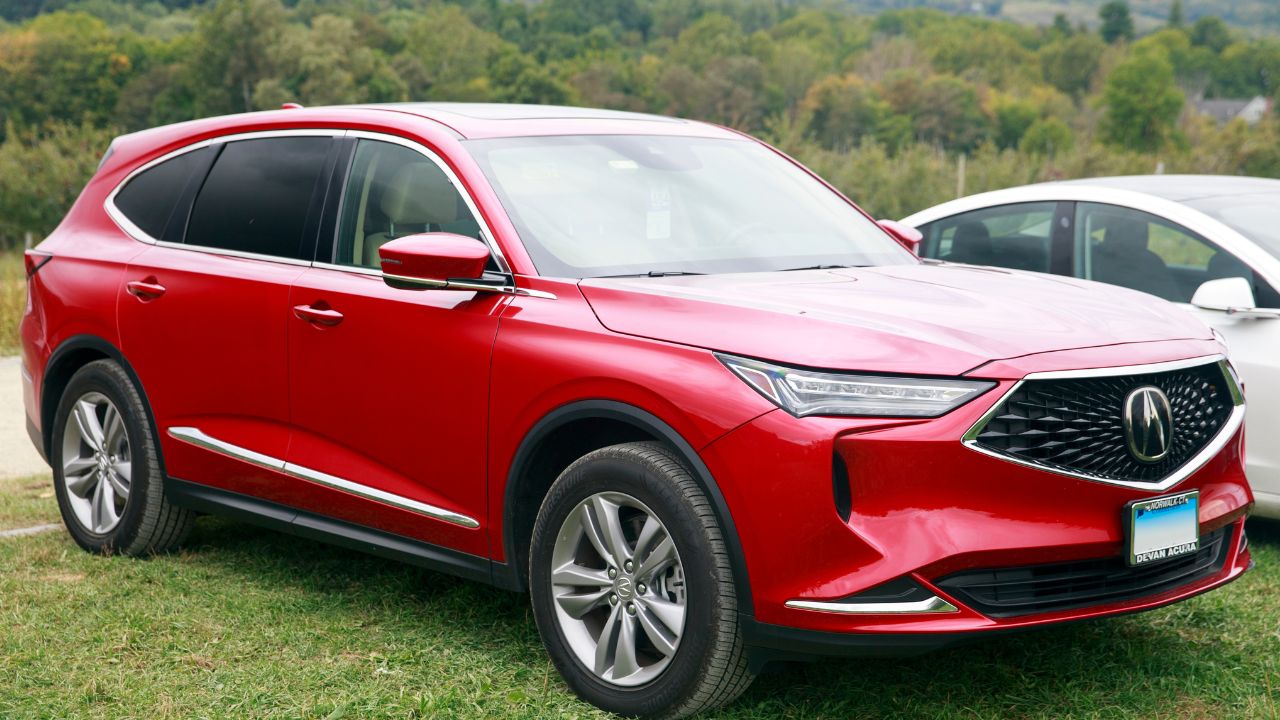
Leave a Reply